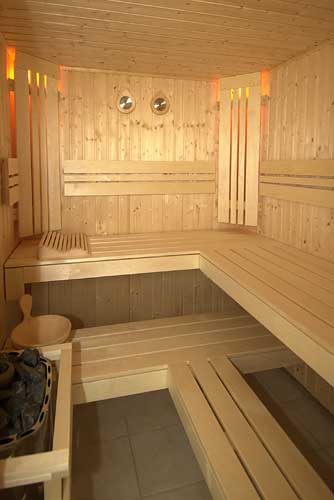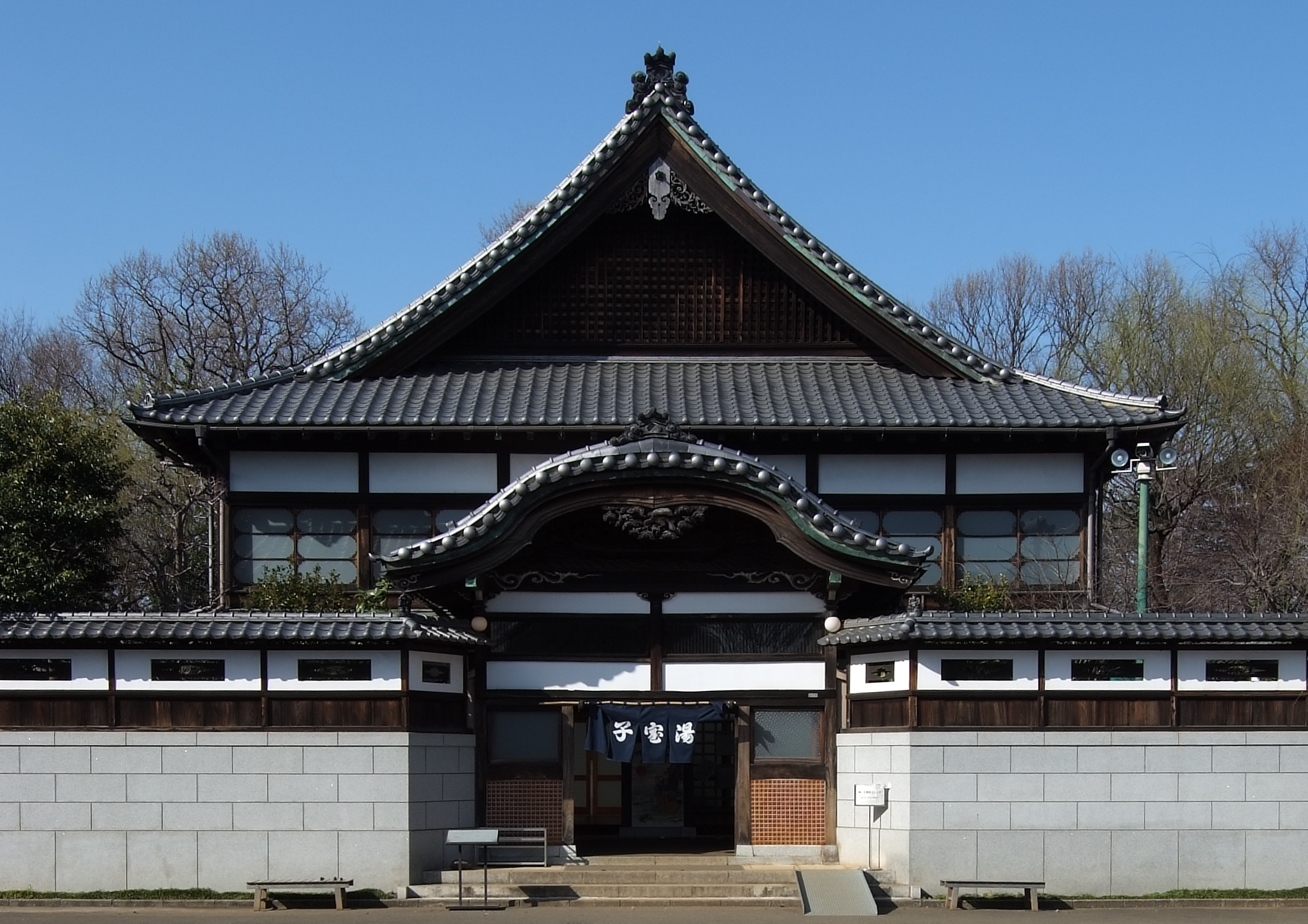|
Mogyoktang
Mogyoktangs () are Korean public bathhouses with lockers, showers, Jacuzzis, steam rooms, massage and barbershops. Unlike the more elaborate jjimjilbangs which include sleeping areas, snack bars, PC bangs, etc. mogyoktangs are usually only bathhouses and not open 24 hours. Some close on Thursdays due to ''mogyoktang'' sharing the same first character as the Korean word for Thursday (). They are also divided into men-only and women-only sections. See also * Jjimjilbang * Sentō * Sauna * Taiwanese hot springs Taiwan is part of the collision zone between the Yangtze Plate and Philippine Sea Plate. Eastern and southern Taiwan are the northern end of the Philippine Mobile Belt. Located next to an oceanic trench and volcanic system in a tectonic collisi ... * Ttaemiri References South Korean popular culture Bathing {{Korea-stub ko:목욕탕#대한민국의 목욕탕 ... [...More Info...] [...Related Items...] OR: [Wikipedia] [Google] [Baidu] |
Sauna
A sauna (, ), or sudatory, is a small room or building designed as a place to experience dry or wet heat sessions, or an establishment with one or more of these facilities. The steam and high heat make the bathers perspire. A thermometer in a sauna is typically used to measure temperature; a hygrometer can be used to measure levels of humidity or steam. Infrared therapy is often referred to as a type of sauna, but according to the Finnish sauna organisations, infrared is not a sauna. History The oldest known saunas in Finland were made from pits dug in a slope in the ground and primarily used as dwellings in winter. The sauna featured a fireplace where stones were heated to a high temperature. Water was thrown on the hot stones to produce steam and to give a sensation of increased heat. This would raise the apparent temperature so high that people could take off their clothes. The first Finnish saunas were always of a type now called ''savusauna''; "smoke sauna". These diffe ... [...More Info...] [...Related Items...] OR: [Wikipedia] [Google] [Baidu] |
Jjimjilbang
A jjimjilbang (; ) is a large, sex-segregated public bathhouse in South Korea, furnished with hot tubs, showers, Korean traditional kiln saunas and massage tables. ''Jjimjil'' is derived from the words meaning ''heating''. In other areas of the building or on other floors there are unisex areas, usually with a snack bar, ondol-heated floor for lounging and sleeping, wide-screen TVs, exercise rooms, ice rooms, heated salt rooms, PC bang, noraebang, and sleeping quarters with bunk beds or sleeping mats. Many of the sleeping rooms have themes or elements to them. Usually jjimjilbangs will have various rooms with temperatures to suit guests' preferred relaxing temperatures. The walls are decorated with woods, minerals, crystals, stones, and metals to make the ambient mood and smell more natural. The elements used have traditional Korean medicinal purposes in the rooms. Most jjimjilbangs are open 24 hours and are a popular weekend getaway for South Korean families. During the wee ... [...More Info...] [...Related Items...] OR: [Wikipedia] [Google] [Baidu] |
Snack Bar
A snack bar usually refers to an inexpensive food counter that is part of a permanent structure where snack foods and light meals are sold. Description A beach snack bar is often a small building situated high on the sand. Besides soft drinks, candies and chewing gum, some snack bars sell hot dogs, hamburgers, french fries, potato chips, corn chips and other foods. While this is usually the case, sometimes "snack bar" refers to a small café or cafeteria. Various small, casual dining establishments may be called "snack bars", including beverage and snack counters at movie theaters, and small delis. Many places with snack bars have a "No outside food or drink" policy to encourage sales. In movie theaters and other types of theaters, the snack bar is located in the lobby. The first known use of the word "snack bar" was in 1930. Similar entities Snack bar may also refer to: *A Japanese hostess bar *A small café or "greasy spoon" style restaurant *A concession stand, which c ... [...More Info...] [...Related Items...] OR: [Wikipedia] [Google] [Baidu] |
PC Bang
A PC bang (Korean: PC방; literally " PC room") is a type of LAN gaming center in South Korea, where patrons can play multiplayer computer games for an hourly fee. The typical cost for an hour of play ranges from 500 to 1500 KRW (approximately $0.43 to $1.29 USD in October 2020), with 1000 KRW per hour being the most common rate. Although the per capita penetration of personal computers and broadband internet access in South Korea is one of the highest in the world, PC bangs remain popular as they provide a social meeting place for gamers (especially school-aged gamers) to play together with their peers. Aside from the social aspect, PC bangs' ability to offer access to expensive and powerful high-end personal computers (better known as gaming PCs), designed specifically for video gaming, at a comparatively low price has also bolstered their popularity. History The origin of PC bang starts with 전자 카페 ('jeonja kape', which literally translates to 'electronic cafe') in So ... [...More Info...] [...Related Items...] OR: [Wikipedia] [Google] [Baidu] |
Jjimjilbang
A jjimjilbang (; ) is a large, sex-segregated public bathhouse in South Korea, furnished with hot tubs, showers, Korean traditional kiln saunas and massage tables. ''Jjimjil'' is derived from the words meaning ''heating''. In other areas of the building or on other floors there are unisex areas, usually with a snack bar, ondol-heated floor for lounging and sleeping, wide-screen TVs, exercise rooms, ice rooms, heated salt rooms, PC bang, noraebang, and sleeping quarters with bunk beds or sleeping mats. Many of the sleeping rooms have themes or elements to them. Usually jjimjilbangs will have various rooms with temperatures to suit guests' preferred relaxing temperatures. The walls are decorated with woods, minerals, crystals, stones, and metals to make the ambient mood and smell more natural. The elements used have traditional Korean medicinal purposes in the rooms. Most jjimjilbangs are open 24 hours and are a popular weekend getaway for South Korean families. During the wee ... [...More Info...] [...Related Items...] OR: [Wikipedia] [Google] [Baidu] |
Sentō
is a type of Japanese communal bathhouse where customers pay for entrance. Traditionally these bathhouses have been quite utilitarian, with a tall barrier separating the sexes within one large room, a minimum of lined-up faucets on both sides, and a single large bath for the already washed bathers to sit in among others. Since the second half of the 20th century, these communal bathhouses have been decreasing in numbers as more and more Japanese residences now have baths. Some Japanese find social importance in going to public baths, out of the theory that physical proximity/intimacy brings emotional intimacy, which is termed '' skinship'' in pseudo-English Japanese. Others go to a ''sentō'' because they live in a small housing facility without a private bath or to enjoy bathing in a spacious room and to relax in saunas or jet baths that often accompany new or renovated sentōs. Another type of Japanese public bath is ''onsen'', which uses hot water from a natural hot spring. I ... [...More Info...] [...Related Items...] OR: [Wikipedia] [Google] [Baidu] |
Taiwanese Hot Springs
Taiwan is part of the collision zone between the Yangtze Plate and Philippine Sea Plate. Eastern and southern Taiwan are the northern end of the Philippine Mobile Belt. Located next to an oceanic trench and volcanic system in a tectonic collision zone, Taiwan has evolved a unique environment that produces high-temperature springs with crystal-clear water, usually both clean and safe to drink. These hot springs are commonly used for spas and resorts. Soaking in hot springs became popular in Taiwan around 1895 during the 50-year long colonial rule by Japan. History The first mention of Taiwan's hot springs came from a 1697 manuscript, , but they were not developed until 1893, when a German businessman discovered Beitou and later established a small local spa. Under Japanese rule, the government constantly promoted and further enhanced the natural hot springs. The Japanese rule brought with them their rich onsen culture of spring soaking, which had a great influence on Taiwan. ... [...More Info...] [...Related Items...] OR: [Wikipedia] [Google] [Baidu] |
Ttaemiri
Ttaemiri (Korean: 때밀이) are the working staff who provide many services at the Jjimjilbang in South Korea South Korea, officially the Republic of Korea (ROK), is a country in East Asia, constituting the southern part of the Korea, Korean Peninsula and sharing a Korean Demilitarized Zone, land border with North Korea. Its western border is formed .... In popular culture '' God of Bath'', a South Korean manhwa has a main character, Heo-se, who is a ttaemiri. References {{Reflist South Korean popular culture Public baths ... [...More Info...] [...Related Items...] OR: [Wikipedia] [Google] [Baidu] |
South Korean Popular Culture
The contemporary culture of South Korea developed from the traditional culture of Korea which was prevalent in the early Korean nomadic tribes. By maintaining thousands of years of ancient Korean culture, with influence from ancient Chinese culture, South Korea split on its own path of cultural development away from North Korean culture since the division of Korea in 1948. The industrialization, urbanization and westernization of South Korea, especially Seoul, have brought many changes to the way Korean people live. Changing economics and lifestyles have led to urbanization—a concentration of population in major cities (and depopulation of the rural countryside), with multi-generational households separating into nuclear family living arrangements. Today, many cultural elements from South Korea, especially popular culture, have spread across the globe and have become some of the most prominent cultural forces in the world. Literature Prior to the 20th century, Korean literatur ... [...More Info...] [...Related Items...] OR: [Wikipedia] [Google] [Baidu] |
Bathing
Bathing is the act of washing the body, usually with water, or the immersion of the body in water. It may be practiced for personal hygiene, religious ritual or therapeutic purposes. By analogy, especially as a recreational activity, the term is also applied to sun bathing and sea bathing. People bathe at a range of temperatures, according to custom or purpose, from very cold to very hot. In the western world, bathing is usually done at comfortable temperatures in a bathtub or shower. This type of bathing is done more or less daily for hygiene purposes. A ritual religious bath is sometimes referred to as immersion or baptism. The use of water for therapeutic purposes can be called a water treatment or hydrotherapy. Recreational water activities are also known as swimming and paddling. History Ancient world Throughout history, societies devised systems to enable water to be brought to population centers. The oldest accountable daily ritual of bathing can be traced to the ... [...More Info...] [...Related Items...] OR: [Wikipedia] [Google] [Baidu] |



.jpg)


_02.jpg)